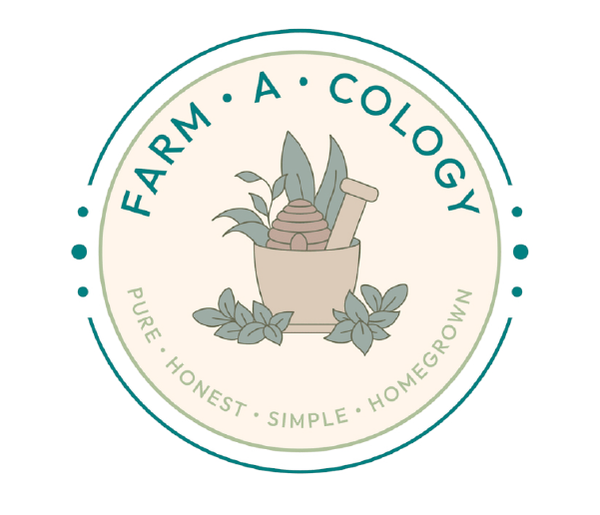
What is a permaculture?
Share
🍃 What Is Permaculture?
Permaculture is a design philosophy and system of land use that mimics natural ecosystems. The word combines “permanent” and “agriculture,” reflecting the goal of creating sustainable, self-sufficient, and regenerative systems.
Originally developed by Bill Mollison and David Holmgren in the 1970s, permaculture focuses on principles like:
Building soil health
Conserving water
Eliminating waste
Integrating rather than segregating species, plants, and structures
At its core, permaculture is about designing smart, interconnected systems that sustain both humans and nature over the long term.
🌾 Why Is Permaculture So Effective?
Here’s why permaculture is gaining traction among gardeners, homesteaders, and regenerative farmers around the world:
1. Soil Regeneration
Conventional agriculture strips the soil of nutrients through tilling and monoculture crops.
Permaculture uses techniques like companion planting, mulching, and composting to build up living, nutrient-rich soil.
🟢 Healthier soil = healthier plants = more resilient yields.
2. Water Efficiency
Permaculture designs often use swales, rain gardens, and contour planting to slow, capture, and reuse water naturally. This means less irrigation and lower water bills, even in dry climates.
💧Our farming saves water—not wastes it.
3. Biodiversity Boost
Instead of growing just one crop, permaculture encourages polyculture—planting many species that support each other.
🌻 Flowers attract pollinators.
🌿 Herbs repel pests.
🌳 Trees provide shade and nutrients.
This biodiversity strengthens the entire system and reduces reliance on pesticides and fertilizers.
4. Low Input, High Return
Once established, permaculture systems can sustain themselves with minimal outside input. That means fewer costs for things like:
Chemical fertilizers
Pest control
Maintenance labor
🌿 You’re not just growing food—you’re growing a living ecosystem that works for you.
5. Climate Resilience
Permaculture systems are incredibly adaptive to climate extremes. By mimicking natural ecosystems, they’re better able to survive floods, droughts, and temperature swings.
🌎 In the age of climate change, resilient growing methods are essential.
6. It’s Not Just for Farms
Permaculture isn’t limited to rural homesteads or big land projects. You can apply permaculture in your backyard, on a balcony, or even in a community garden.
It’s about how you think and design, not how much land you have.
🌼 Real Sustainability Starts in the Soil
Permaculture isn’t a trend—it’s a shift in mindset. Instead of working against nature, you work with it. You nurture relationships between plants, animals, people, and place.
The result?
Less waste, more abundance. No chemicals. More life.
Whether you’re growing herbs on a patio or managing a whole food forest, permaculture gives you a roadmap for creating something that thrives—for generations.
🌿 Want to Learn More?
We would be happy to chat and tell you more about our sustainability and how we grow your ingredients in the absolute best ways! farmacologysc.com
